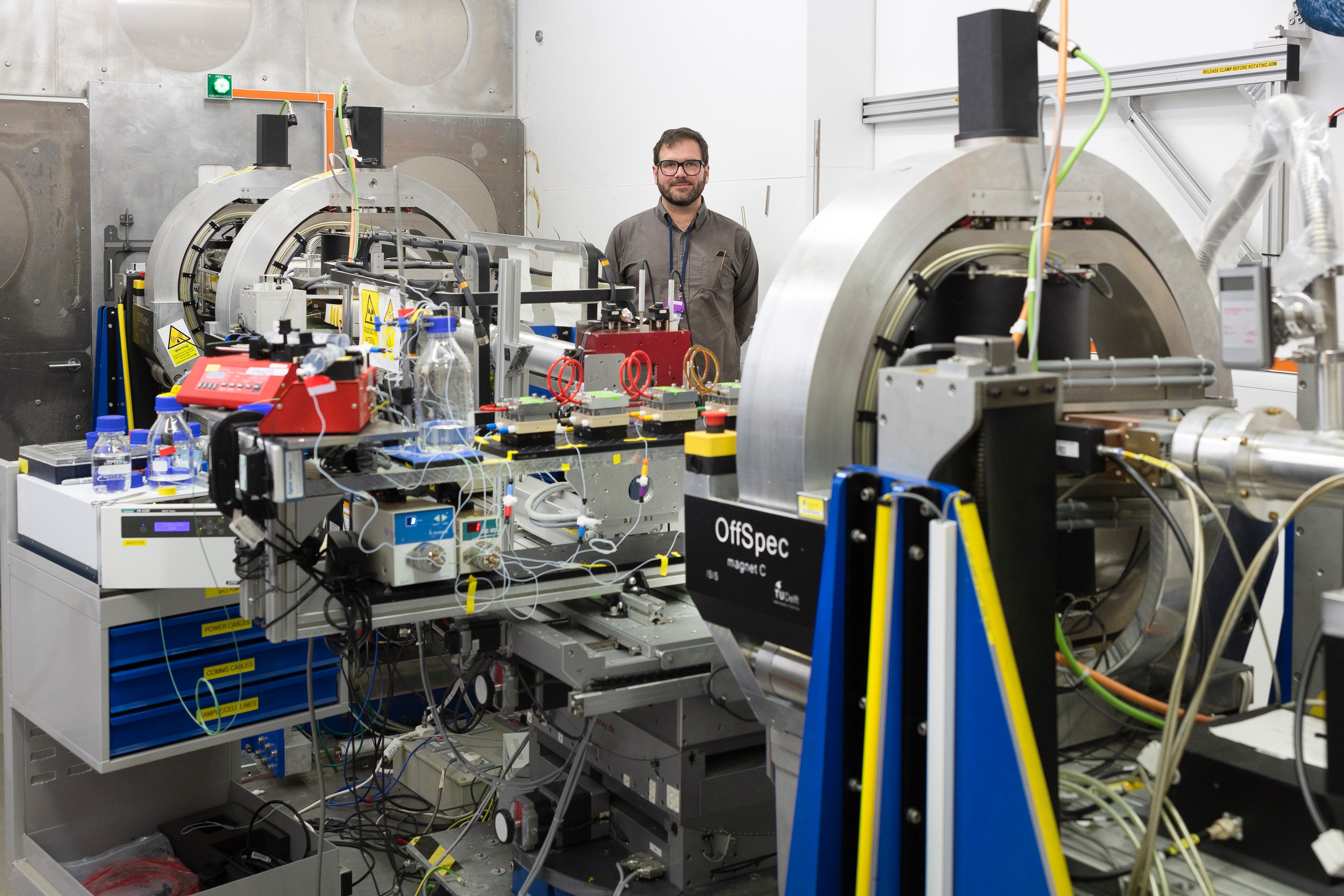
Scientists revealed new knowledge on a vital process involved in the early stages of programmed cell death, also known as apoptosis, which also prevents cancer from spreading in the first stage. The study’s findings, led by Dr. Luke Clifton of the Science and Technology Facilities Council’s ISIS Neutron and Muon Source in Oxfordshire, were published in the journal Science Advances last week.
What do we need to know about the cells under investigation?
The scientists discovered the molecular mechanism in apoptosis when cells no longer need to self-destruct by initiating the so-called “death program.” Apoptosis is essential for human survival and also plays a function in biological processes such as immune system control.
It also aids in the elimination of potentially hazardous or malignant cells from the body, whereas its disruption can enable cancerous cells to proliferate and resist treatments. Apoptosis in healthy cells is typically regulated by two proteins, Bax and Bcl-2.
Bax is a soluble protein that is responsible for removing old or sick cells from the body by creating pierces through a cell’s mitochondrial membrane to build pores that trigger programmed cell death, also known as apoptosis.
Meanwhile, Bcl-2, which is anchored inside the mitochondrial membrane, can operate to prevent premature cell death by trapping and sequestering Bax proteins in some situations. However, in malignant cells, Bcl-2 is overproduced, resulting in unrestrained cell proliferation and a loss of normal cell division, cancer cells can keep on proliferating forming a growing tumor.
What did the scientists discover?
Using a technique known as neutron reflectometry, the scientists discovered evidence of the involvement of mitochondrial lipids in the cell-death process for the first time. It allowed scientists to analyze the way Bax interacts with lipids in the mitochondrial membrane during the early stages of apoptosis in real time.
“As far as we can tell, the mechanism by which Bax initiates cell death is previously unseen. Once we know more about the interplay between Bax and Bcl-2 and how it relates to this mechanism, we’ll have a more complete picture of a process that is fundamental to human life,” said Dr. Clifton, as quoted by the Irish Examiner.
The scientists discovered that when Bax forms pores, it removes lipids from the mitochondrial membrane to form clusters on the mitochondrial surface, which they were able to identify in two stages using time-resolved neutron reflectometry and surface infrared spectroscopy.
The rapid absorption of Bax onto the mitochondrial membrane surface was followed by the slower development of membrane-destroying holes and Bax-lipid clusters, which occurred simultaneously.
Similarly, Professor Gerhard Grobner of Umea University in Sweden and co-lead of the study said, “The unique findings here will not only have a significant impact in the field of apoptosis scientists but will also open gateways for exploring Bax and its relatives as interesting targets in cancer therapy such as by tuning up their cell-killing potential,” as per ANI.
